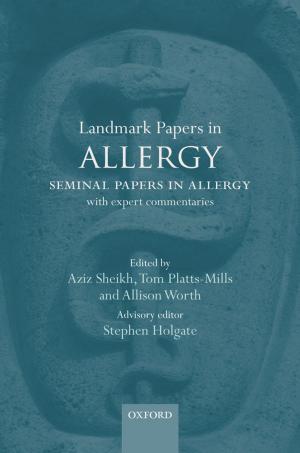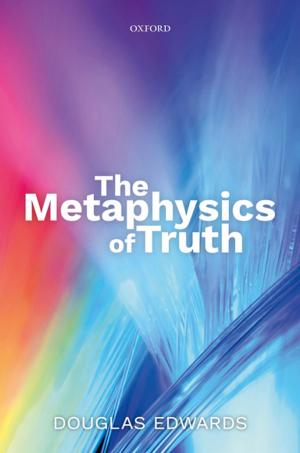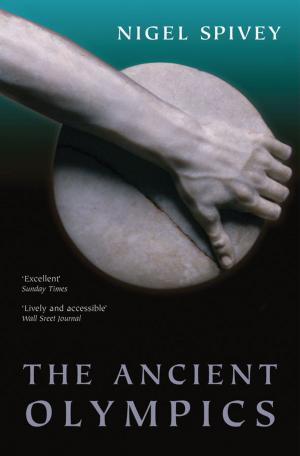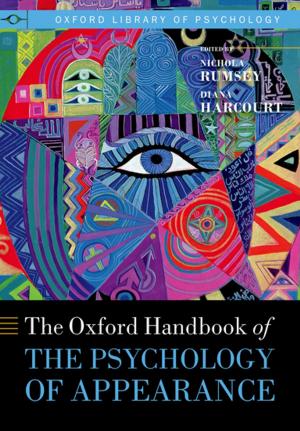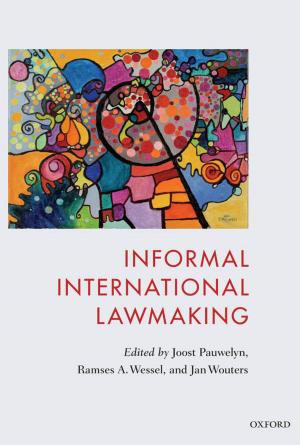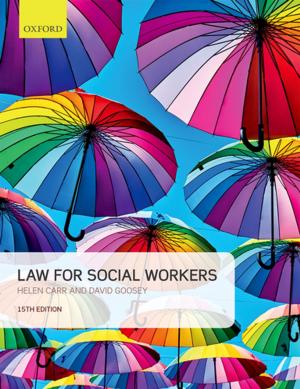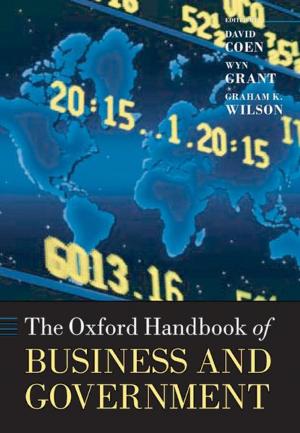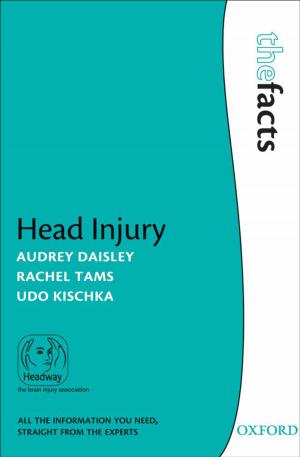Sacred Signs in Reformation Scotland
Interpreting Worship, 1488-1590
Nonfiction, Religion & Spirituality, Christianity, Church, Church History, History| Author: | Stephen Mark Holmes | ISBN: | 9780191068744 |
| Publisher: | OUP Oxford | Publication: | October 1, 2015 |
| Imprint: | OUP Oxford | Language: | English |
| Author: | Stephen Mark Holmes |
| ISBN: | 9780191068744 |
| Publisher: | OUP Oxford |
| Publication: | October 1, 2015 |
| Imprint: | OUP Oxford |
| Language: | English |
Sacred Signs in Reformation Scotland is the first study of how public worship was interpreted in Renaissance Scotland and offers a radically new way of understanding the Scottish Reformation. It first defines the history and method of 'liturgical interpretation' (using the methods of medieval Biblical exegesis to explain worship), then shows why it was central to medieval and early modern Western European religious culture. The rest of the book uses Scotland as a case study for a multidisciplinary investigation of the place of liturgical interpretation in this culture. Stephen Mark Holmes uses the methods of 'book history' to discover the place of liturgical interpretation in education, sermons and pastoral practice and also investigates its impact on material culture, especially church buildings and furnishings. A study of books and their owners reveals networks of clergy in Scotland committed to the liturgy and Catholic reform, especially the 'Aberdeen liturgists'. Holmes corrects current scholarship by showing that their influence lasted beyond 1560 and suggests that they created the distinctive religious culture of North-East Scotland (later a centre of Catholic recusancy, Episcopalianism and Jacobitism). The final two chapters investigate what happened to liturgical interpretation in Scottish religious culture after the Protestant Reformation of 1559-60, showing that while it declined in importance in Catholic circles, a Reformed Protestant version of liturgical interpretation was created and flourished which used exactly the same method to produce both an interpretation of the Reformed sacramental rites and an 'anti-commentary' on Catholic liturgy. The book demonstrates an important continuity across the Reformation divide arguing that the 'Scottish Reformation' is best seen as both Catholic and Protestant, with the reformers on both sides having more in common than they or subsequent historians have allowed.
Sacred Signs in Reformation Scotland is the first study of how public worship was interpreted in Renaissance Scotland and offers a radically new way of understanding the Scottish Reformation. It first defines the history and method of 'liturgical interpretation' (using the methods of medieval Biblical exegesis to explain worship), then shows why it was central to medieval and early modern Western European religious culture. The rest of the book uses Scotland as a case study for a multidisciplinary investigation of the place of liturgical interpretation in this culture. Stephen Mark Holmes uses the methods of 'book history' to discover the place of liturgical interpretation in education, sermons and pastoral practice and also investigates its impact on material culture, especially church buildings and furnishings. A study of books and their owners reveals networks of clergy in Scotland committed to the liturgy and Catholic reform, especially the 'Aberdeen liturgists'. Holmes corrects current scholarship by showing that their influence lasted beyond 1560 and suggests that they created the distinctive religious culture of North-East Scotland (later a centre of Catholic recusancy, Episcopalianism and Jacobitism). The final two chapters investigate what happened to liturgical interpretation in Scottish religious culture after the Protestant Reformation of 1559-60, showing that while it declined in importance in Catholic circles, a Reformed Protestant version of liturgical interpretation was created and flourished which used exactly the same method to produce both an interpretation of the Reformed sacramental rites and an 'anti-commentary' on Catholic liturgy. The book demonstrates an important continuity across the Reformation divide arguing that the 'Scottish Reformation' is best seen as both Catholic and Protestant, with the reformers on both sides having more in common than they or subsequent historians have allowed.

